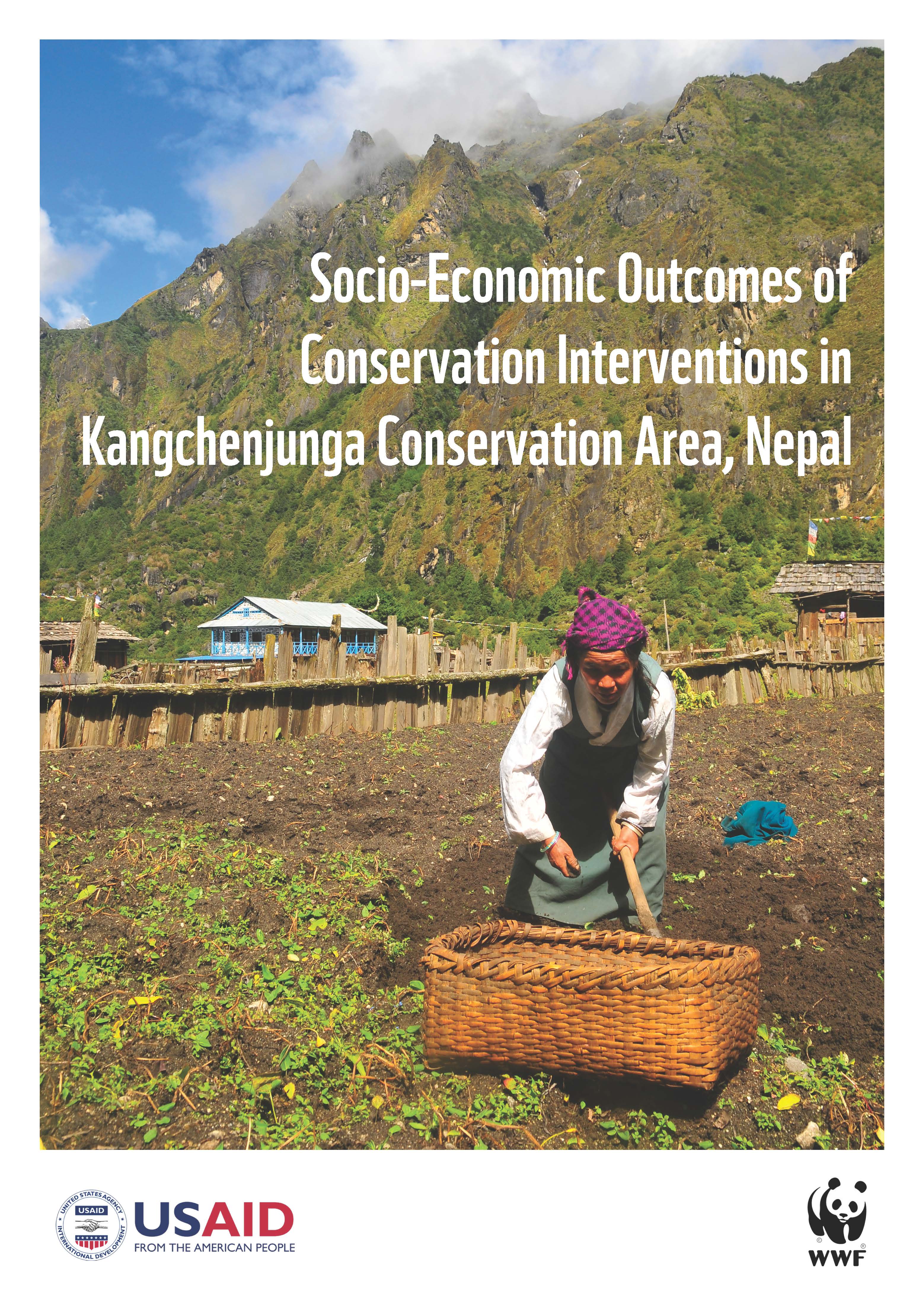The WWF is run at a local level by the following offices...
- WWF Global
- Adria
- Argentina
- Armenia
- AsiaPacific
- Australia
- Austria
- Azerbaijan
- Belgium
- Bhutan
- Bolivia
- Borneo
- Brazil
- Bulgaria
- Cambodia
- Cameroon
- Canada
- Caucasus
- Central African Republic
- Central America
- Chile
- China
- Colombia
- Croatia
- Democratic Republic of the Congo
- Denmark
- Ecuador
- European Policy Office
- Finland
NCPA site-based intervention priority areas include snow leopard complexes (Eastern Himalayan Landscape and Western Himalayan Landscape), protected areas, protected forests (forest conservation areas), Ramsar sites, critical corridors, biodiversity hotspots, and vulnerable and critical areas for biodiversity and nature conservation.
WHY NCPA
Wildlife crime, human-wildlife conflicts, haphazard infrastructure development, forest fire, over extraction of fuelwood, unsustainable extraction of forest resources

HISTORY
WWF Nepal has been supporting to the government and the communities in addressing conservation challenges in national conservation priority areas of the government since its work in Nepal. The site based NCPA are identified jointly by WWF and the Nepal Ministry of Forests and Environment.
Key NCPA issue-based interventions include capacity building, wildlife crime control, bilateral and regional cooperation, multilateral environment agreements, national policies on natural resources, environment, and sustainable development among others.
These interventions are identified based on contemporary issues in consultation with concerned stakeholders.

PROTECTED AREAS AND CORRIDORS
The National Conservation Priority Areas currently include Shey Phoksundo National Park and Buffer Zone, Kangchenjunga Conservation Area, Koshitappu Wildlife Reserve, Api-Nampa Conservation Area, and Dhorpatan Hunting Reserve, as well as key biodiversity hotspots such as Limi valley and Mahabharat areas.

WWF Nepal's focuses on national issues and global trends to increase conservation efforts in the country. We support the government in improving natural resource policies, and integrating environmental issues into planning and execution.
We collaborate with the government, civil society organizations, and other concerned stakeholders to address contemporary threats to conservation, and in bringing innovative approaches.




